Unleash the power of the legendary Tachi Sword – the samurai's original masterpiece! Designed for superior reach and fluid cuts, our authentic Tachi swords feature hand-forged high-carbon steel, elegant curvature, and exquisite detailing. A top choice among US collectors and martial artists, these historic blades combine battle-ready performance with timeless beauty. Own a piece of feudal Japan’s elite warrior heritage – shop now and experience the Tachi’s unmatched legacy!
OdachiNodachiKodachi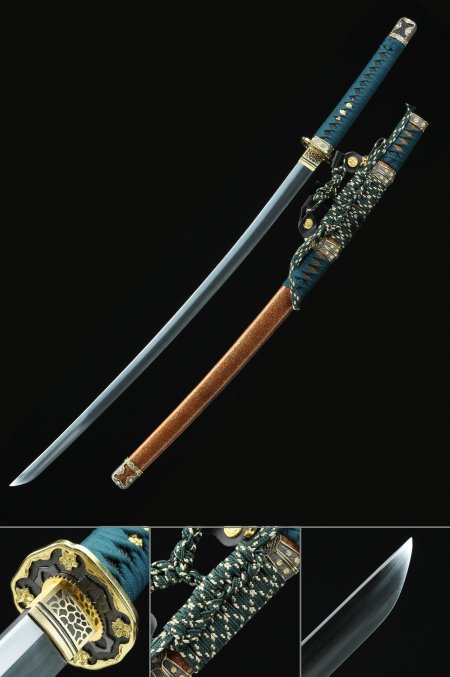

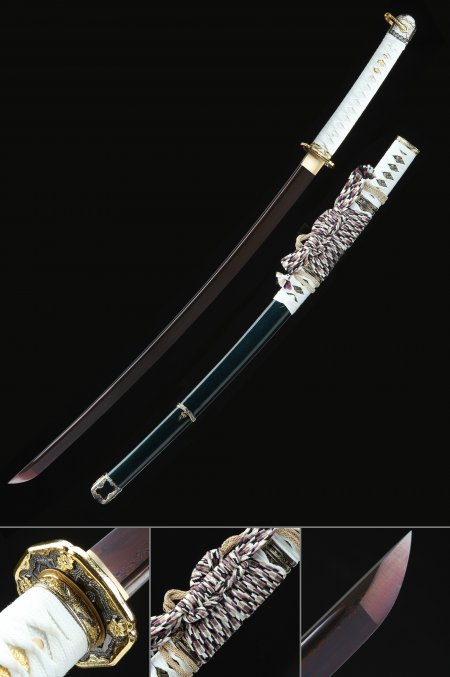
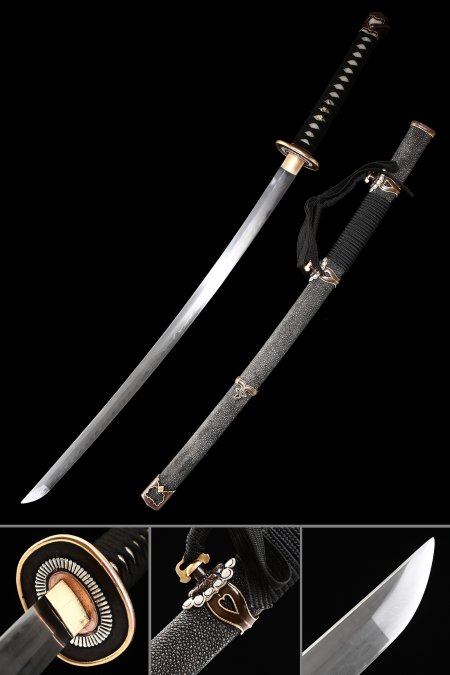
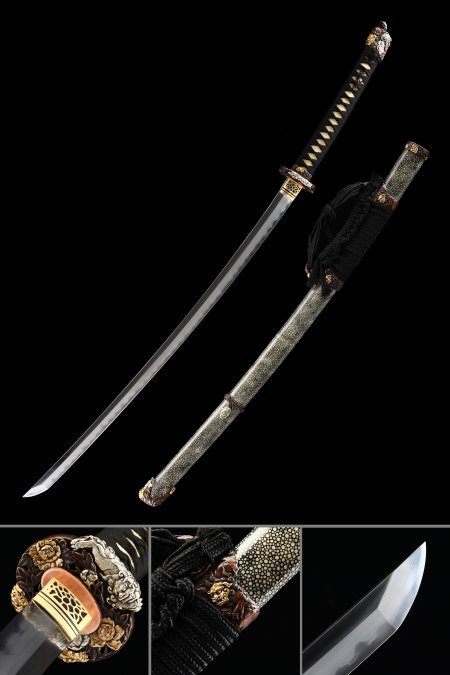
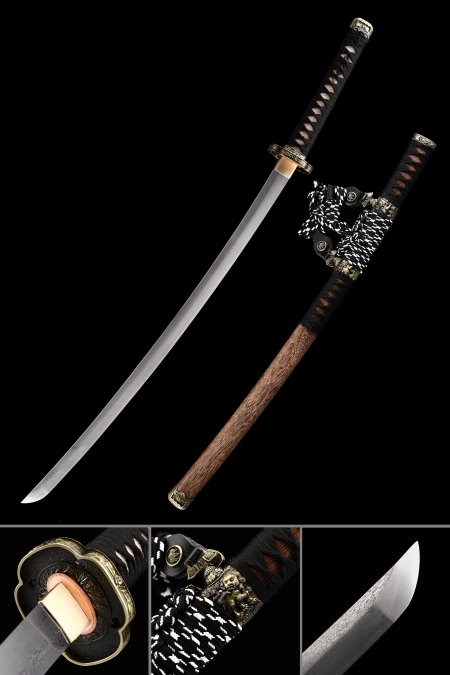
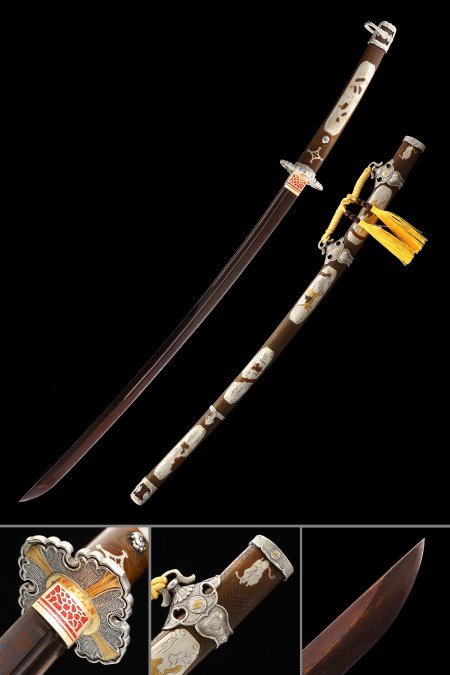
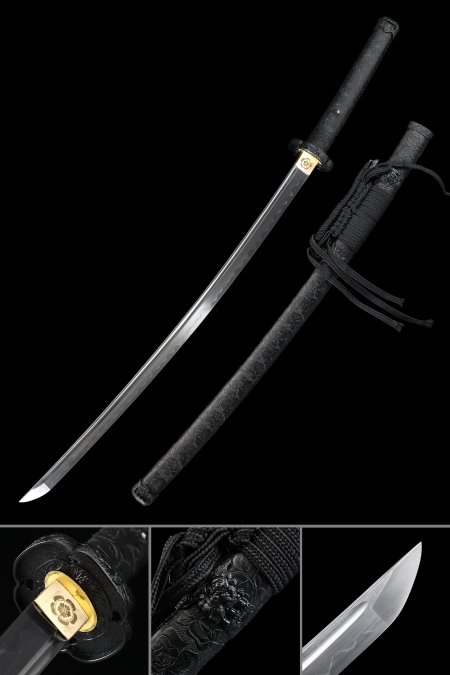
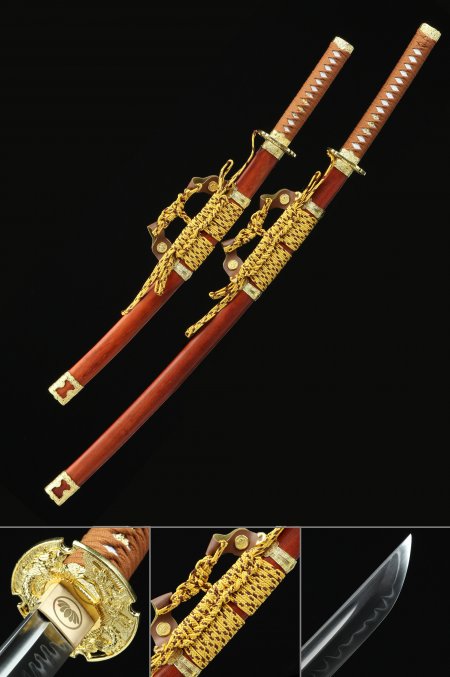
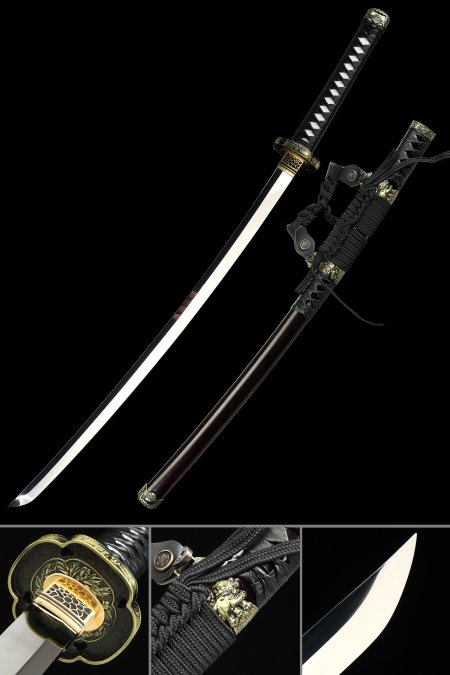
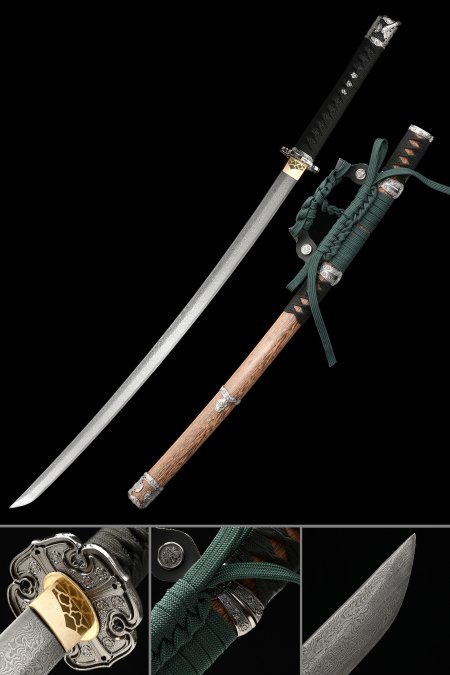
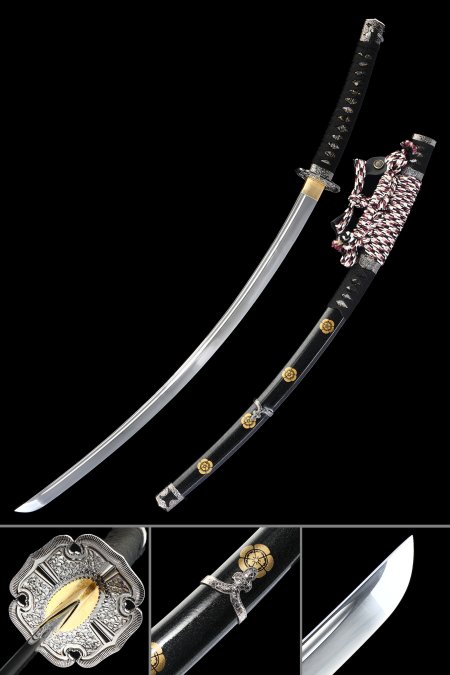
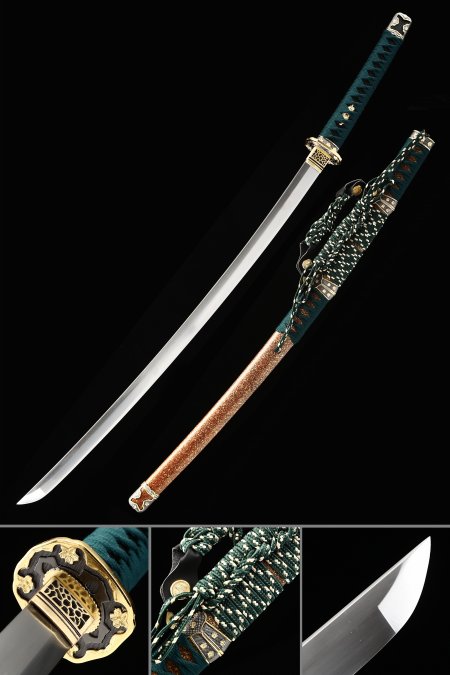
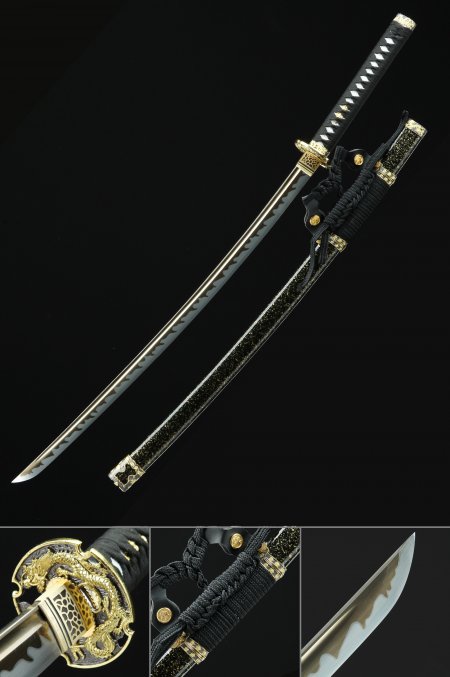
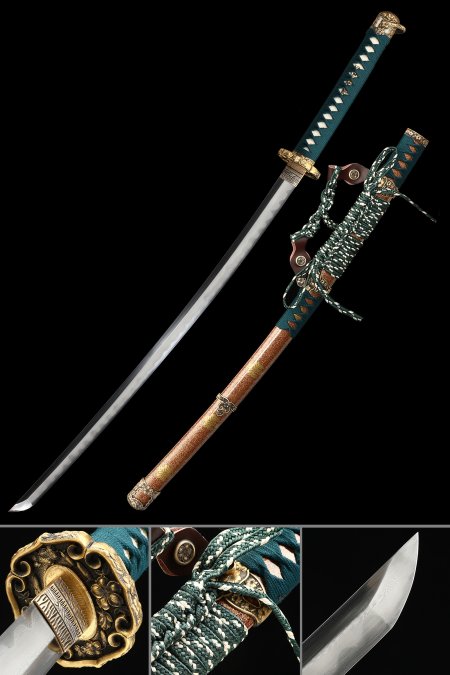
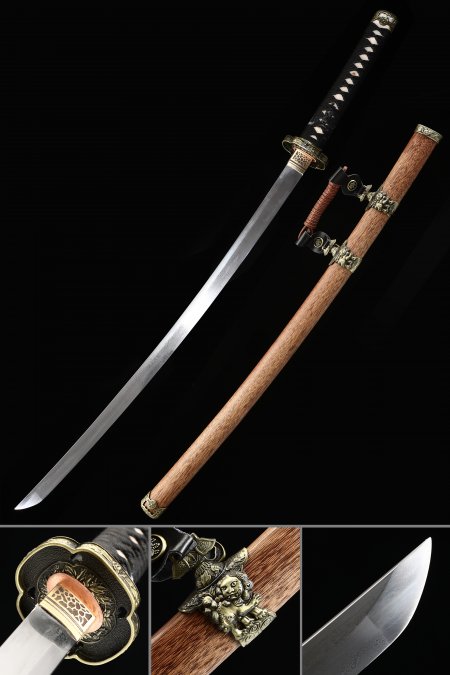
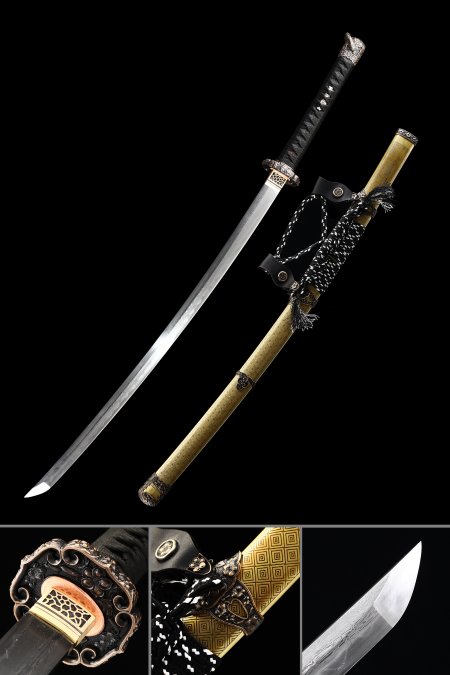
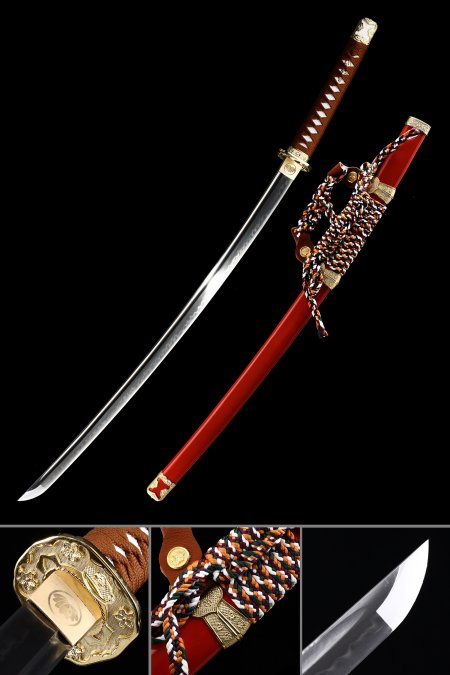
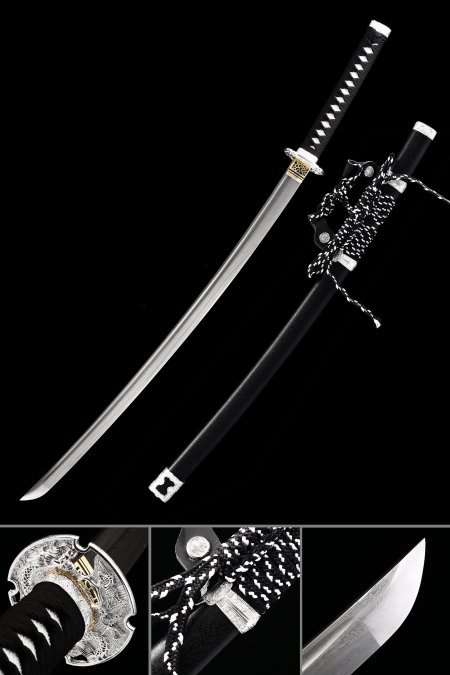

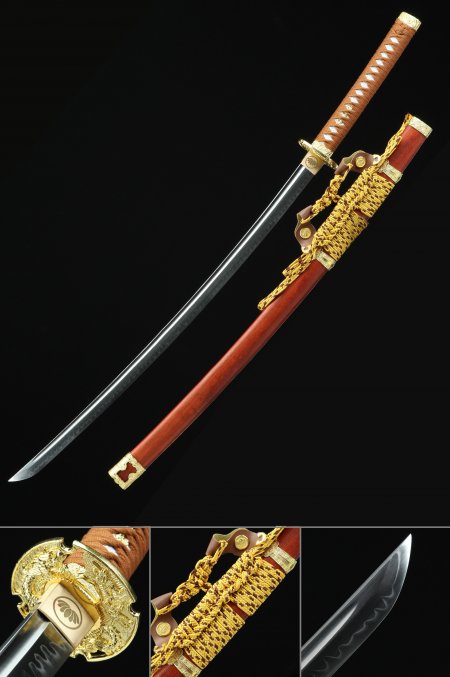
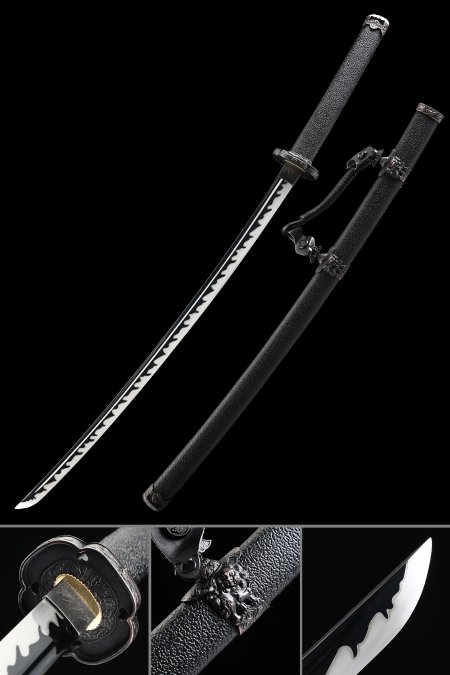

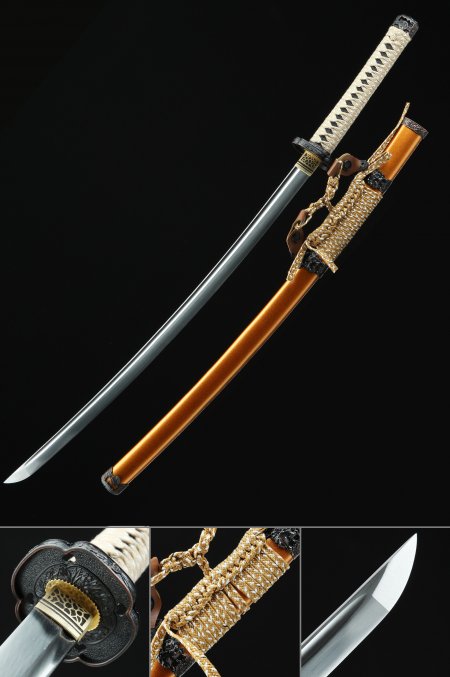
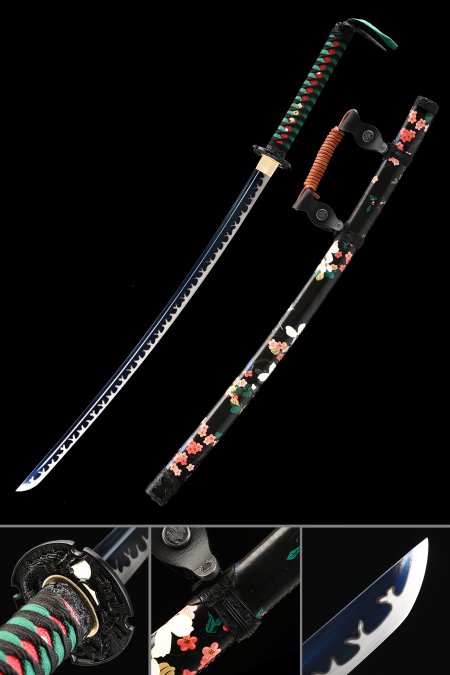
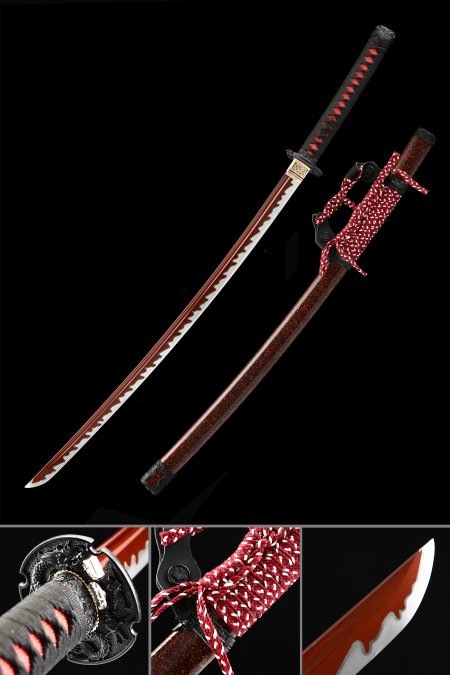
The blade came pretty promptly. Took it out of the box and looks just like the pictures online. Appears well made and of good quality. Blade is very sharp. Cant wait to give to my friend for his birthday.
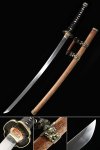 |
Handmade Japanese Tachi Odachi Sword Damascus Steel With Brown Scabbard |
This sword is sensational, masterpiece! Thank you 🙏
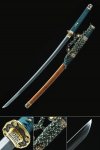 |
Handmade Japanese Tachi Odachi Sword Spring Steel With Brown Scabbard |
Got it as a gift and the person loved it, I do recommend to anyone into this stuff
 |
Handmade Japanese Tachi Odachi Sword Spring Steel With Brown Scabbard |
It was bought as a gift for my son and he loves it . It was a great shopping experience and trouble free.
 |
Handmade Japanese Tachi Odachi Sword Spring Steel With Brown Scabbard |
Had a slight tweak to it either from shipping or during the quenching process but very decent edge doesn't affect the cutting performance much hard to notice unless you point out the bend but its $230 so cant compalin to much it functions and holds strong
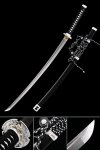 |
Handmade Japanese Tachi Odachi Sword Damascus Steel With Black Scabbard |
it’s pretty cool sword, looks pretty nice. i got it hanging in my room if anyone tries to break in my home. makes me feel like a japanese samurai
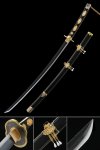 |
Touken Ranbu Tsurumaru Kuninaga Black Tachi Sword - Anime Sword |
Great product with very nice steel! Probaly should have gotten a less flashy model but this one is very pretty. Long shipping process with an added shipping request that I flatly refused to pay. Thought that might wreck the deal but it still came in. I will buy matching shorter versions at some point.
 |
Handmade Japanese Tachi Odachi Sword Damascus Steel With Black Scabbard |
Beautiful craftsmanship and a true display of the work that can go into one of these swords. Most look good while maintaining a good price point but these look good, feel good and I feel will hold up better than a lot of the competitors at the same price points.
 |
Handmade Japanese Tachi Odachi Sword Spring Steel With Brown Scabbard |
I am very pleased with the quality and the price and I cannot wait to get my hands on one of the battle ready katanas. The only thing and it’s not even worth docking a star over is I would love at least the option to pay for a razor sharp polish on it. Also you guys should make some swords modeled after weapons of the SoulsBorne video game series and I will buy all of them. Black Blade Katana from Dark Souls 3 is a good place to start :)
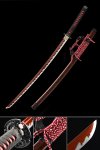 |
Handmade Japanese Tachi Odachi Sword High Manganese Steel With Red Blade And Scabbard |
I loved it once it arrived but over time I noticed something loose in my sword. Also my saya cracked and I’ve never dropped my sword, because I have a stand. Part of me thinks it was the wood? Im not entirely sure. I’ giving this 3 stars because of something loose on my saya
 |
Japanese Tachi Odachi Sword 1045 Carbon Steel With Brown Scabbard |
If you have any doubts about the quality of this katana, then don't worry because it is by far the most beautiful and quality swords that I own. The biggest give away of a cheap sword imo is the sageo and the cord and both are very nice and tight. The edge is razor sharp and the blade as a whole has a nice, weighty feel to it. The flowers on the tsuba are very nice and all fittings are 100% metal. All in all this is a quality piece that i'm happy to own!
 |
Handmade Japanese Tachi Odachi Sword Spring Steel With Brown Scabbard |
Great service, lovely crafted sword.
Really pleasantly surprised by the outstanding quality.
Many thanks.
 |
Handmade Japanese Tachi Odachi Sword Spring Steel With Brown Scabbard |
The sword is very cool for the price, however what I do not like about it is the visible hot glue that I can see from when it was put together. Also the rope handle on the sheath has come loose and the pieces that connect the rope to the sheath slide freely on the sheath. The inside of the sheath leaves wood chips on the blade when it is drawn or put back inside. Still I do like the way it looks and I keep it in my room.
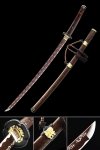 |
Handmade Japanese Tachi Odachi Sword Spring Steel Full Tang With Brown Blade |
Everything about ordering from TRUEKATANA was excellent. The product quality, communications, delivery, and condition received exceeded my expectations. I will be ordering from them again. DeeBee
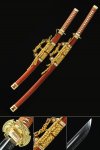 |
Daisho Set, Japanese Tachi Odachi Katana And Wakizashi Sword Set T10 Folded Clay Tempered Steel |
Love these swords! They came within a week, which is a pretty respectable time frame considering the distance. The swords are absolutely divine! If you love Japanese swords, this is the too go place!
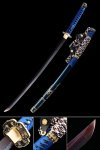 |
Japanese Tachi Odachi Sword With Damascus Steel With Blue Scabbard |
The order was easy to track, I ordered this for my son for his birthday, unfortunately it came with black rust on it. My Sin told me that a new one is being sent out. Hopefully it will be rust free
 |
Japanese Tachi Odachi Sword 1045 Carbon Steel With Brown Scabbard |
I know this site might seem a little fishy at first but it is real. Really it is I was worried at first I can in in perfectly fine and is a good sword. Pineapple but is great
 |
Handmade Japanese Tachi Odachi Sword Damascus Steel With Brown Scabbard |
Great quality. Only complaint is the carrying handle on the scabbard was adhered with glue that broke loose immediately. I re-glued it with wood glue an it's fine now.
 |
Handmade Japanese Tachi Odachi Sword Damascus Steel With Brown Scabbard |
Really good quality, sharp enough to cut paper, i’ve already ordered 2 more katanas
 |
Japanese Tachi Odachi Sword With Damascus Steel With Blue Scabbard |
Very Beautiful sword why the blade was not sharpened to a razor edge.
 |
Japanese Tachi Odachi Sword With Damascus Steel With Blue Scabbard |